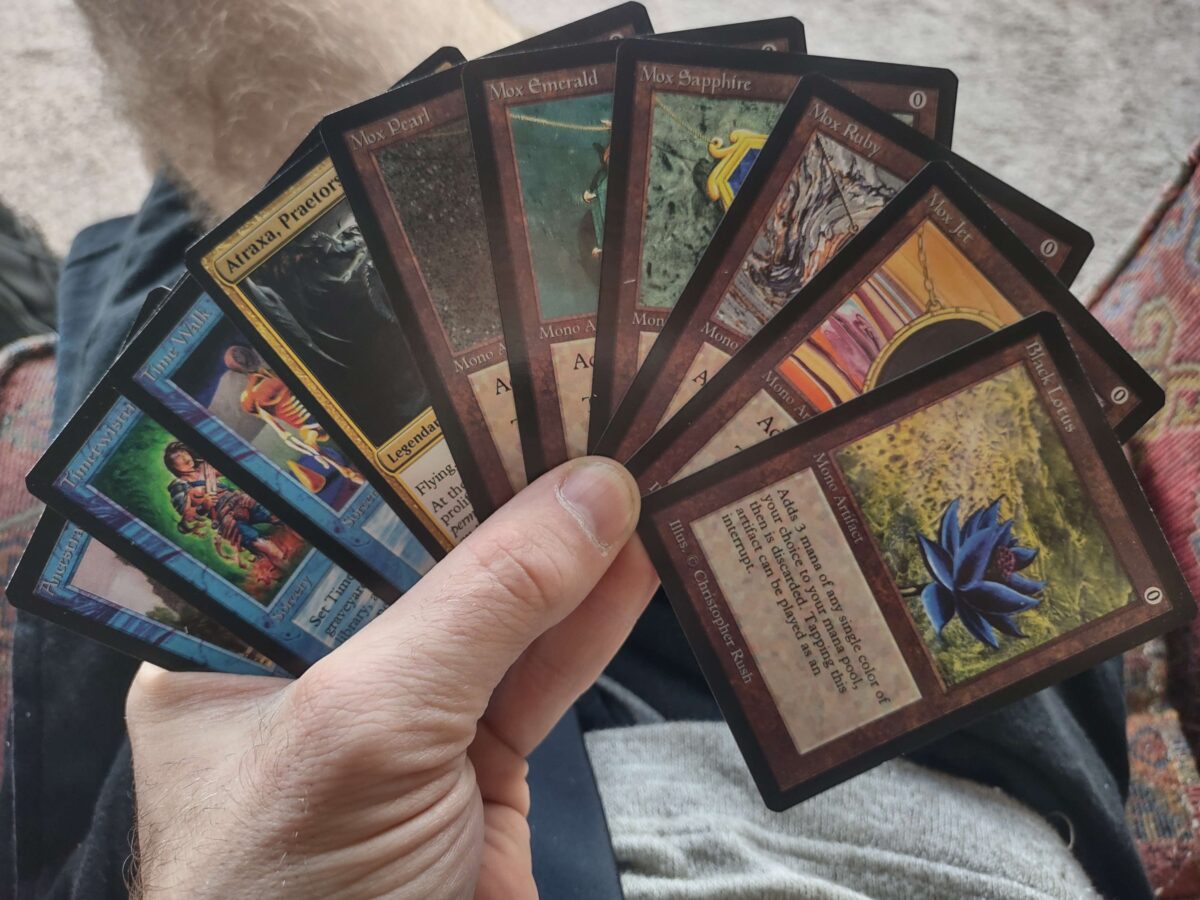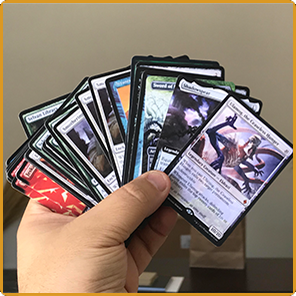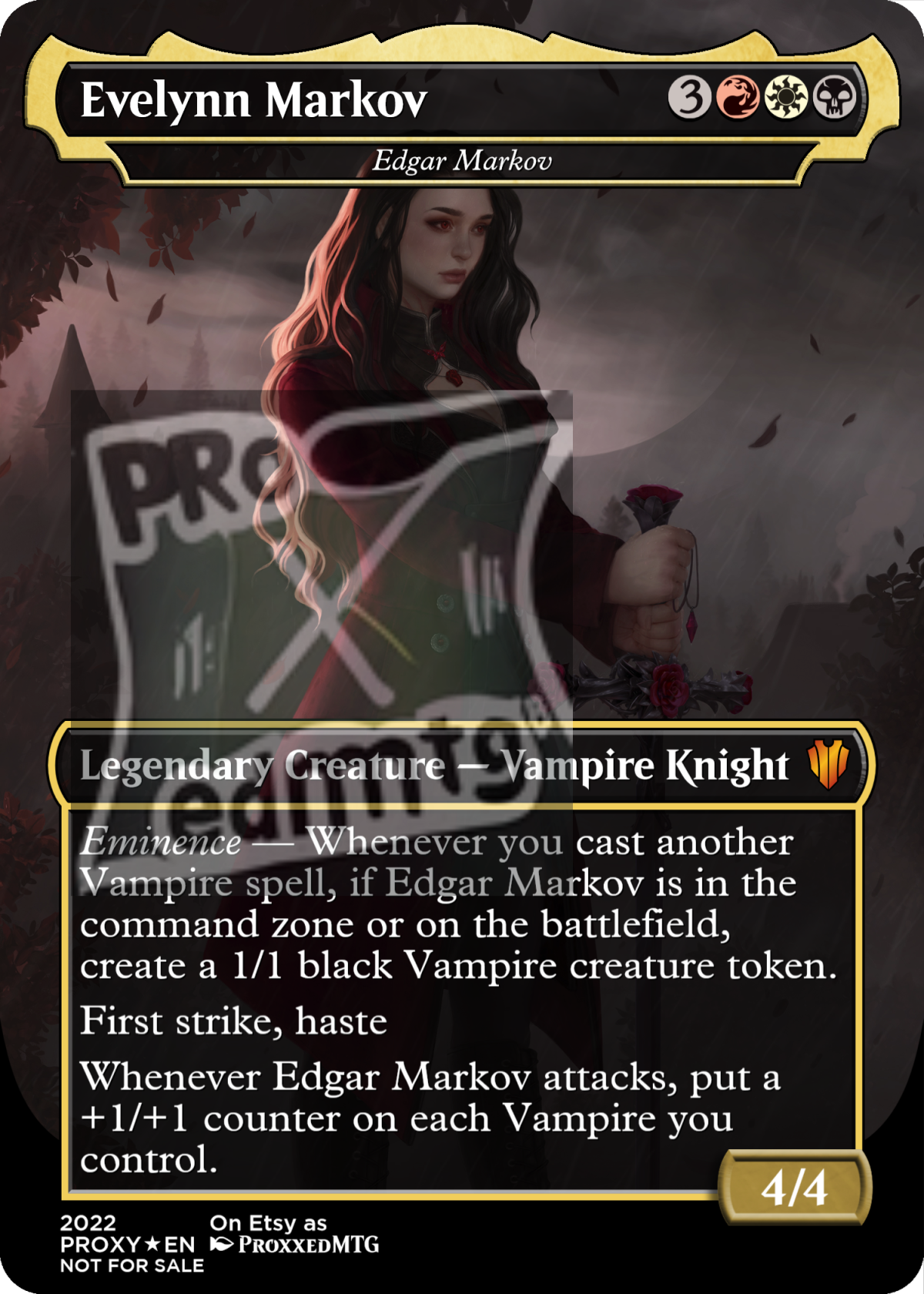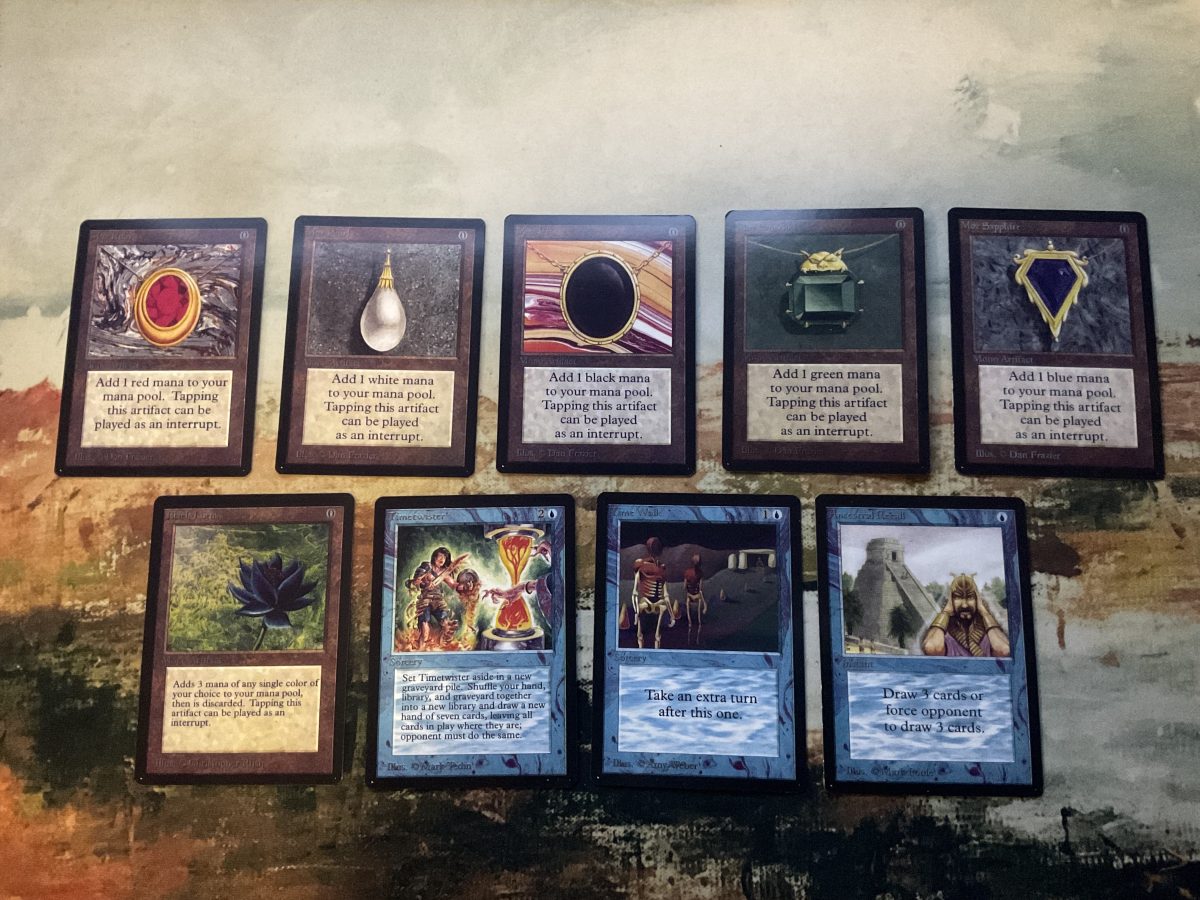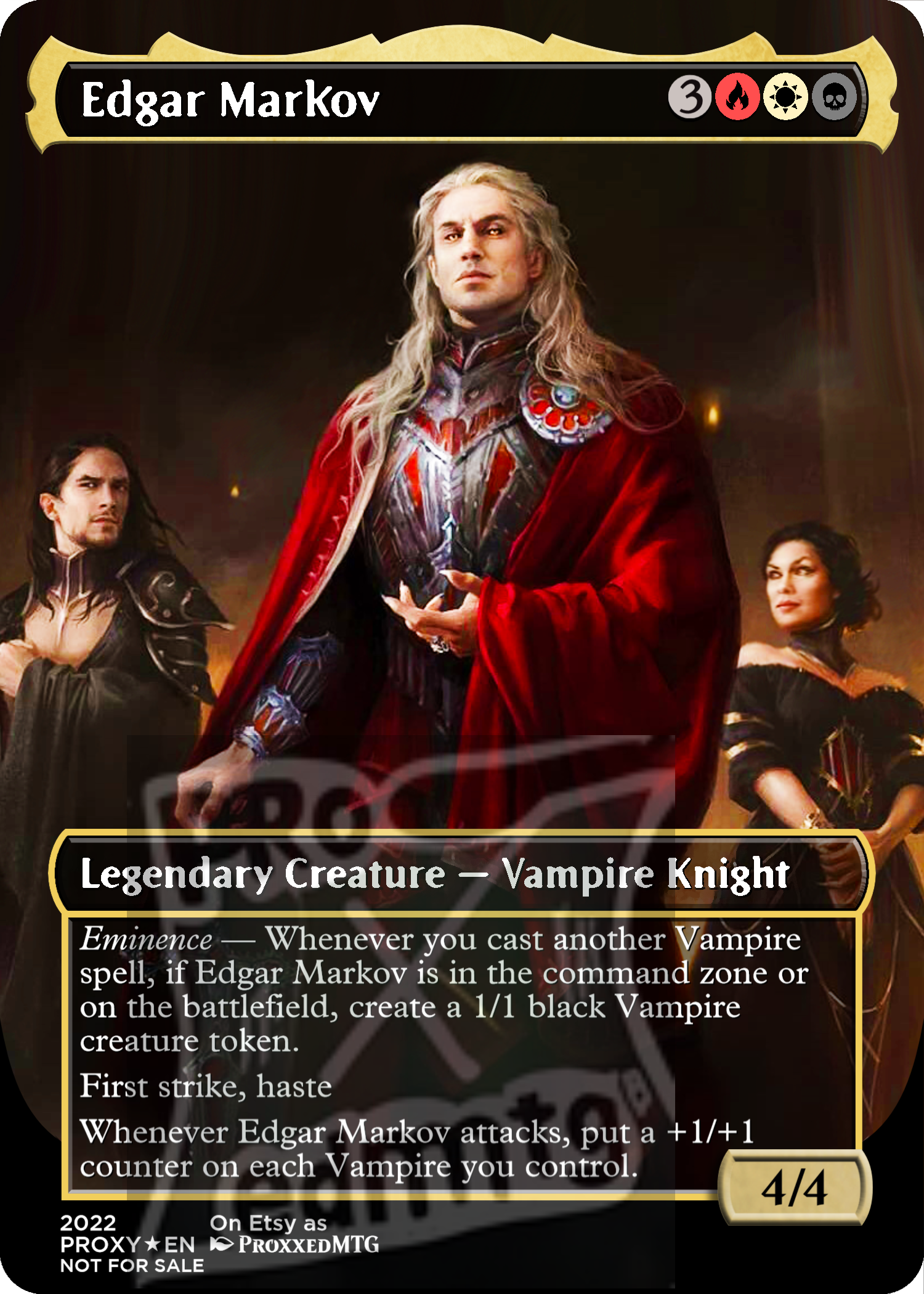The Gathering is a game of endless possibilities, a canvas for creativity and personal expression. But sometimes, the pre-printed cards can feel a bit limiting, a bit… impersonal. What if you could add your own unique twist, your own personal touch, to your games?
Imagine creating custom formats, designing unique challenges, or even building themed decks that reflect your own personality and interests. It’s about more than just playing the game; it’s about crafting a shared experience, mtg proxy a unique narrative that you and your friends will remember for years to come.
MTGProxy empowers you to personalize your MTG experience in countless ways. Our service allows you to create high-quality proxies that can be used to test custom cards, build themed decks, or even create entirely new formats. If you have created custom cards, and want to test them out, then using mtg proxies to do so is a great way to go. You can print out the cards you need, allowing you to build and test decks without needing to purchase expensive cards. This is a great way to try out new ideas, and play with cards that are out of your budget.
The quality of our proxies ensures that your custom creations feel authentic and professional. You can focus on the creative aspects of your designs, knowing that your proxies will look and feel great on the table.
Beyond just creating custom cards, MTGProxy can also be used to personalize existing formats. Imagine a Commander game where every player has a custom-designed commander, or a draft night where every card is a hilarious inside joke. It’s about turning the game into a truly unique and unforgettable experience.
So, if you’re ready to unleash the power of personalization and craft unique MTG experiences, MTGProxy is your creative partner. It’s time to break free from the ordinary and experience the game in a whole new way.
 Custom Gallery
Custom Gallery Proxy Booster
Proxy Booster Discord
Discord
